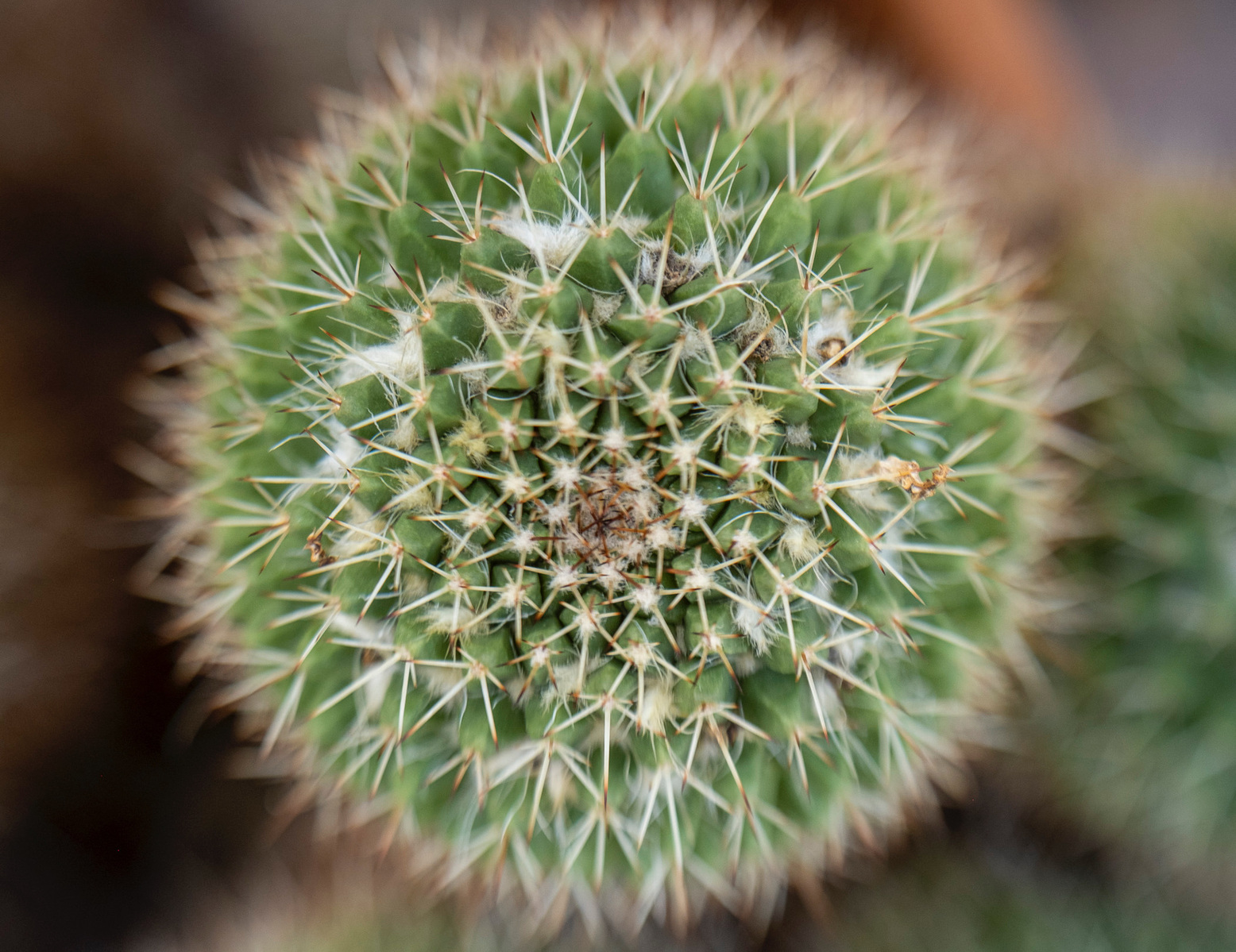Plant Portraits
January 19, 2022As a nature photographer, I yearn to be outdoors, capturing the beauty around me, but winter can restrict my ability to get out and shoot. I miss the bright colors of spring, summer, and fall. But, here is an idea to wash away the winter cold - plant portraits! I recently worked on a series of plant portraits - capturing the macro and large scale of tropical green plants. This fun project focused on macro details, grand scale plants, light, textures, and composition. The goal was to capture the plants creatively to showcase their beauty. Below are some tips on finding these plants, capturing these images, and final edits.
The first step is to find a plant to photograph. If you enjoy houseplants, you may have several sitting around the house to explore. If not visiting your local garden center or hardware store, they typically carry houseplants, and from January -to March, they get new fresh tropicals in at most stores. The plants are not very expensive and will bring you days of joy photographing them. Another option is to ask a local garden center if you could come in and photograph the plants, maybe on a slow morning. My favorite option is to take a trip to a local Botanical Garden or Arboretum Garden. Most larger cities have these gardens available, and they have an indoor tropical oasis. This gives you a chance to capture rare plants, huge grand plants, and explore the light in the greenhouse areas. Check your local area for possible options.
Once you have a lovely plant to work with, we need to select our composition and camera gear. This is where it gets fun. The choices are endless.
You can shoot plants with really any lens and in various settings. Here are a couple of ways I like to shoot these fun subjects.
- A macro lens will allow you to get close and showcase fine details, but it is not required. Shoot at a wide-open aperture ( F4) to bring more light to the subject and capture just a slice of focus on the plant, creating softness all around it. Shooting with a larger aperture ( F8 ), you will have a more significant depth of field and be able to capture more of the plant details.
- To capture the plant with focus from front to back, you should use focus stacking. This requires taking multiple images - changing the focal point with each exposure. You will want to move the focal point around the plant to capture sharp focus at each end. These images will need to be combined in Photoshop or a similar program.
- Getting creative with these plants is my favorite. Consider shooting them using intentional camera movement or multiple exposures. Try different lighting - backlighting can be a great option to showcase the veining or colors in the plants. Creative lenses can be a great option, like a Lensbaby or Helios.
- Think about your composition. You want to capture the plant with a creative composition vs. just a plant snapshot. The way to do this is by moving around the plant and using the light to bring out details. Consider shooting above the plant, underneath the leaves, the curves of the plant, even the stem can be beautiful. Move around the plant, explore with your lens, and then frame the shot. Look for leading lines, curves, patterns that you can explore and compose to create a stunning image.
- Largescale tropical plants have to be framed in your shot. These plants take some time and work to get a good picture. I try to follow the lines of the plant and frame it in my camera. Always look at the four corners and ensure you have everything you want in the shot; you can move yourself to adjust before taking the photo.
Once you have a group of images you like, you will want to add final editing. Editing these plants is pretty easy since you often only have a couple of colors to work with and lots of great contrast.
- Begin by checking your white balance to ensure it is accurate to showcase the color of the plants.
- Adding some contrast can help bring out the details in the image.
- I also like to play with the texture and clarity sliders to emphasize any details on the plant.
- The most important part of editing plants is getting the color right. Check the HSL panel in your editing program and adjust the greens, yellow, and blue as needed. Green plants will have a mix of yellow and blue colors, so you will want to tweak all three. If your greens are too bright, you can desaturate a little or add some luminance if too dark.
- Converting a plant image to black and white can be very dramatic and highlight the details.
Here are some other artist plant projects to inspire you.














